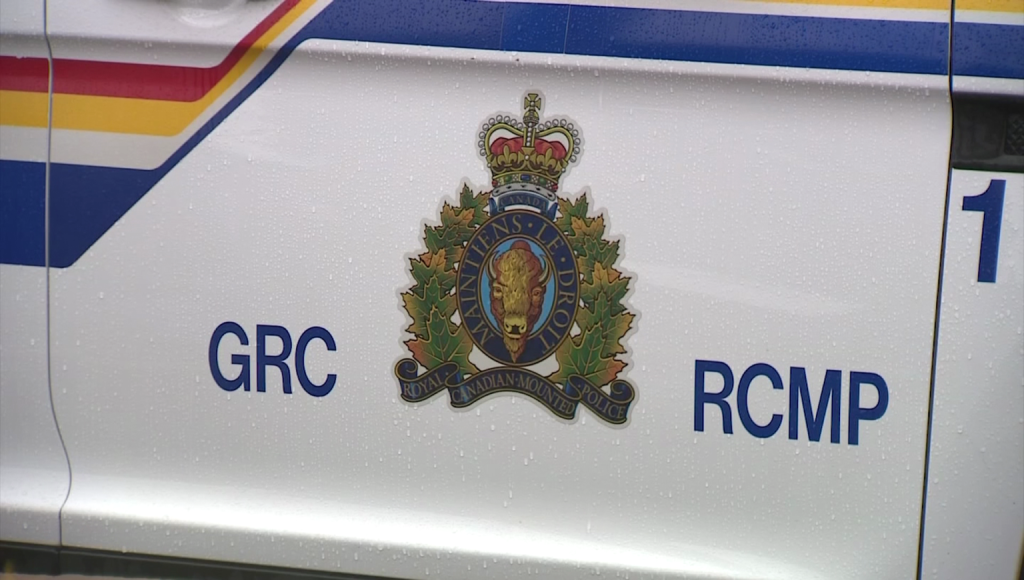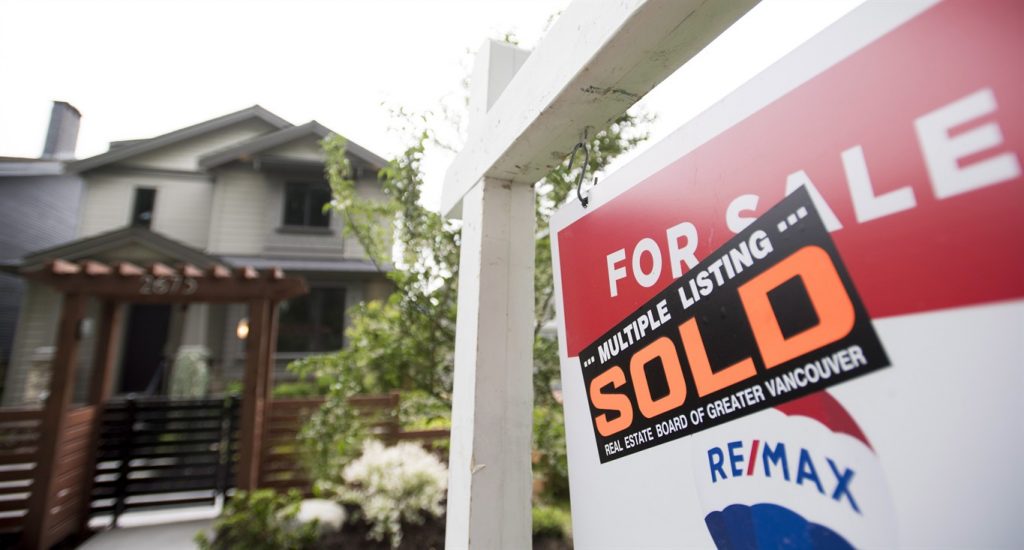‘The numbers are getting worse:’ Local homelessness numbers go up
Posted April 10, 2017 12:27 pm.
Last Updated April 10, 2017 3:12 pm.
This article is more than 5 years old.
VANCOUVER (NEWS 1130) – A sad snapshot of the number of people living on the streets in Metro Vancouver. Preliminary numbers from the 2017 Homeless Count in the region have been released and they’re not good.
In total, volunteers counted 3,605 on the streets on March 8th this year. That’s up 30 per cent from the previous count which was conducted in 2014. About 2,570 people of that number were considered “sheltered” which includes people with “no fixed address.”
The count found 556 seniors are homeless compared with 371 in 2014. And the First Nations number has risen to 746 from 582.
Claire Marshall with the Lu’ma Native Housing Society says, once again that’s nearly one-third of the people living on the street.
“What is abundantly clear and deeply troubling is that there is a serious over-representation of homeless aboriginal people in this region. The numbers are getting worse.”
“More resources than what are currently being provided need to be directed to the Aboriginal community by all levels of government to address this unacceptable situation,” says Chair of the Aboriginal Homelessness Steering Committee David Wells. “This is not a situation that can be ignored any further.”
The count was done in early March over a period of 24-hours. “This latest count shows us that the homelessness crisis continues to grow despite all previous efforts and commitments to stem the tide,” says Port Moody Mayor and Metro Vancouver Regional District member Mike Clay.
“Homelessness is no longer a problem isolated to densely-populated urban areas – it now affects every corner of Metro Vancouver.”
“We want this coming forward now during the election cycle provincially to make sure that all the provincial parties are hearing this and that they’re reacting to it and that they’re giving us some hope that they will participate in helping us. We’re not going to solve this anytime soon, but we can do a lot better than we’re doing.”
“The pathways include finding more affordable housing, finding suitable housing in areas that service people where they can raise their families, go to schools, do those things.”
The only group to mark a decrease was young people under 25. That demographic dropped to 16 per cent from 20 per cent three years ago.
A final report on the 2017 Homeless Count with analysis and demographics of long-term trends, will be released sometime in the summer.










